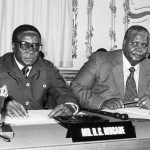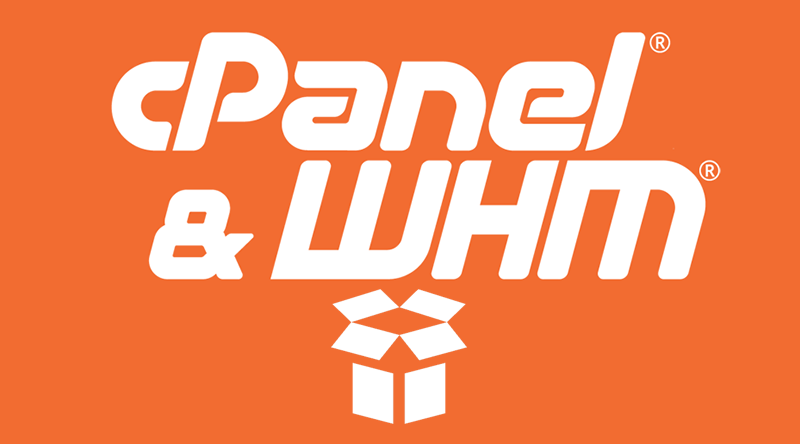The Rise and Fall of Saudi Arabia’s Linear City: A Historical Analysis

Saudi Arabia’s ambitious Linear City project was envisioned as a transformative urban development initiative aimed at fostering economic growth, sustainable living, and enhanced quality of life. However, this grand endeavor experienced both moments of success and periods of decline. In this essay, we will explore the rise and fall of Saudi Arabia’s Linear City, examining the factors that contributed to its emergence, the challenges it faced, and the lessons learned from this ambitious urban experiment.
The Emergence of Linear City:
The concept of the Linear City project emerged as part of Saudi Arabia’s Vision 2030, a comprehensive plan to diversify the country’s economy and reduce its dependency on oil. The project aimed to create a modern, technologically advanced, and self-sustainable urban corridor stretching across the country, connecting major cities, and promoting economic development.
Vision and Goals:
The goals of the Linear City project were multifaceted. It aimed to attract foreign investment, foster innovation, and create job opportunities. The project also focused on providing sustainable infrastructure, efficient transportation systems, and high-quality housing options for residents. Additionally, it sought to promote cultural exchange and enhance the overall livability of Saudi cities.
Initial Successes:
In the early stages, the Linear City project witnessed significant achievements. It attracted global attention and investment, with major international companies expressing interest in participating and contributing to the development. The project’s innovative and futuristic design concepts generated excitement and optimism, projecting a vision of a modern urban landscape.
Challenges and Setbacks:
Despite its promising start, the Linear City project encountered various challenges that contributed to its decline. One major hurdle was the complexity of coordinating multiple stakeholders, including government agencies, private developers, and international partners. The sheer scale and ambitious nature of the project posed logistical and administrative challenges, leading to delays and bureaucratic hurdles.
Economic Downturn and Changing Priorities:
The economic downturn, coupled with fluctuations in global oil prices, impacted the financial viability of the Linear City project. The decline in oil revenues necessitated a shift in priorities, with the Saudi government reallocating resources to address immediate economic concerns. As a result, funding for the project became uncertain, leading to a slowdown in development and a loss of momentum.
Social and Cultural Factors:
The Linear City project also faced challenges stemming from social and cultural factors. Traditional cultural norms and conservative attitudes towards urban design and lifestyle posed obstacles to the implementation of certain features and concepts. Balancing modernity with cultural sensitivities became a significant challenge, requiring careful consideration and community engagement.
Lessons Learned:
The rise and fall of Saudi Arabia’s Linear City project offer valuable lessons for future urban development initiatives. Firstly, effective coordination and communication among stakeholders are vital for the success of such ambitious endeavors. Transparent governance, streamlined decision-making processes, and strong public-private partnerships are essential. Additionally, prioritizing adaptability and flexibility in the face of changing economic, social, and cultural circumstances can help ensure long-term sustainability.
The rise and fall of Saudi Arabia’s Linear City project reflects the complexities and challenges inherent in large-scale urban development initiatives. While the project experienced initial successes and generated excitement, a combination of factors, including economic downturns, logistical challenges, and cultural considerations, contributed to its decline. Nevertheless, the lessons learned from this endeavor can inform future urban development efforts, emphasizing the importance of stakeholder coordination, adaptability, and a clear vision aligned with evolving social, economic, and cultural dynamics. By applying these insights, future urban projects can strive for sustainable growth, enhanced livability, and economic prosperity.




















